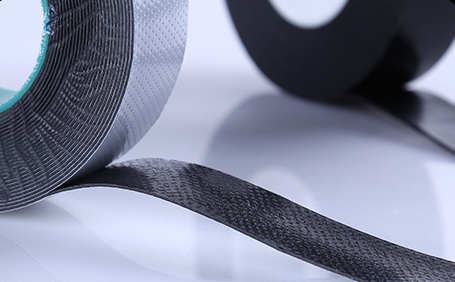Understanding Butyl Rubber Roof Sealant Essential for Effective Roofing Solutions
When it comes to protecting your home from the elements, the roof is one of the most critical components. A good roofing system not only keeps out rain and snow but also prevents leaks and enhances energy efficiency. One of the best materials for ensuring roof integrity is butyl rubber roof sealant. This article delves into the benefits, application, and best practices for using butyl rubber sealant in roofing projects.
What is Butyl Rubber?
Butyl rubber is a synthetic rubber known for its excellent adhesive properties, flexibility, and resistance to weathering. It is formed through the polymerization of isobutylene with small amounts of isoprene, which gives it unique characteristics. Its durability makes it particularly suitable for outdoor applications, since it can withstand extreme temperatures, UV rays, and moisture without deteriorating.
Advantages of Butyl Rubber Roof Sealant
1. Waterproofing Ability One of the primary reasons to use butyl rubber sealant is its superb waterproofing capabilities. It forms a strong bond with various roofing materials, creating an impermeable barrier against water infiltration. This quality is particularly important in areas prone to heavy rainfall or snow.
2. Flexibility and Elasticity Butyl rubber remains flexible over a wide temperature range, allowing it to expand and contract with the roof structure as temperatures change. This elasticity helps maintain a tight seal and prevents cracks that could lead to leaks.
3. Resistance to Aging and UV Degradation Unlike many other sealants, butyl rubber is less affected by environmental factors. It does not dry out or lose its adhesion over time, ensuring long-lasting protection. Its resistance to UV rays is especially beneficial for roofs that are exposed to direct sunlight.
butyl rubber roof sealant

4. Easy Application Butyl rubber sealant can be applied in various conditions, including damp surfaces. It adheres well to metal, asphalt, and concrete, making it versatile for different roofing situations. Its smooth texture allows for easy spread, ensuring that homeowners or contractors can achieve a neat finish with minimal effort.
5. Cost-Effective Solution While higher-quality sealants may have a higher initial cost, the durability and long lifespan of butyl rubber sealant often result in lower maintenance costs over time. Investing in quality sealants ultimately saves money in the long run due to reduced repairs and replacements.
Application of Butyl Rubber Roof Sealant
Before applying butyl rubber roof sealant, it's vital to ensure that the surface is clean, dry, and free of dust or debris. The application can be done using a caulking gun or a trowel, depending on the specific needs of the project. It is advisable to apply a generous amount to create a robust seal, especially in high-stress areas such as seams, flashing details, and around penetration points like vents and pipes.
Once applied, allow the sealant to cure as per the manufacturer's instructions. Proper curing enhances the sealant's effectiveness and longevity. Depending on the climate and conditions, curing times may vary.
Conclusion
In summary, butyl rubber roof sealant is an indispensable tool for homeowners and roofing professionals looking to protect their roofs effectively. Its superior waterproofing properties, flexibility, and resistance to aging make it an ideal choice for various roofing applications. By understanding its benefits and following best practices during application, you can ensure a durable and long-lasting seal that protects your home from the elements for years to come. Whether you're undertaking a new roofing project or maintaining an existing one, butyl rubber roof sealant is a smart investment for optimal roof performance.
-
XIANGFAN Rubber Tape-Ultimate Solutions for All Your Insulation NeedsNewsJun.24,2025
-
XIANGFAN Rubber Tape-Protection for Industrial and Residential ApplicationsNewsJun.24,2025
-
XIANGFAN Rubber Tape: Superior Safety and Sealing for Demanding EnvironmentsNewsJun.24,2025
-
XIANGFAN Rubber Tape: Reliable Solutions for Every Electrical ChallengeNewsJun.24,2025
-
XIANGFAN Electrical & Industrial Tape: Powering Reliability Across IndustriesNewsJun.24,2025
-
XIANGFAN Electrical & Industrial Tape: Excellence in Every ApplicationNewsJun.24,2025
